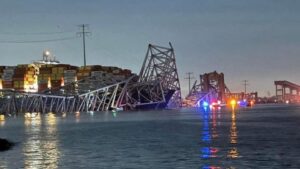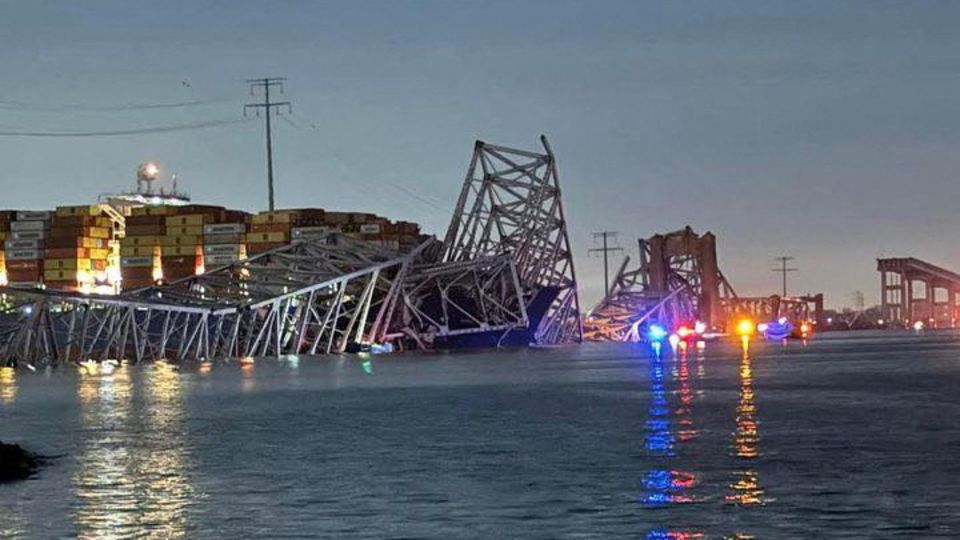
The recent collapse of a bridge in Baltimore, Maryland, has reignited urgent calls for comprehensive solutions to address the deteriorating state of America’s aging bridges. The tragic incident has highlighted the pressing need for increased investment in infrastructure maintenance and upgrades to ensure public safety and prevent similar disasters in the future.
The collapse of the Baltimore bridge sent shockwaves through the community, underscoring the potential dangers posed by deteriorating infrastructure. As emergency responders worked tirelessly to locate survivors and assess the extent of the damage, attention quickly turned to the broader implications of the incident for bridge safety nationwide.
Across the United States, thousands of bridges are in a state of disrepair, facing structural deficiencies and deterioration due to age, wear and tear, and insufficient maintenance. The American Society of Civil Engineers (ASCE) has consistently highlighted the deteriorating condition of the nation’s infrastructure, including bridges, in its annual Infrastructure Report Card.
The tragic collapse in Baltimore has intensified concerns about the safety and reliability of the nation’s bridges, prompting renewed calls for action to address the infrastructure crisis. Advocates and lawmakers alike are urging the federal government to prioritize infrastructure investment and allocate funding to repair and modernize aging bridges across the country.
Investing in bridge repair and rehabilitation not only enhances public safety but also stimulates economic growth and creates jobs. According to the ASCE, every $1 billion invested in infrastructure creates approximately 13,000 jobs, providing a significant boost to local economies and communities.
Moreover, improving the condition of America’s bridges is essential for maintaining the efficient movement of goods and people, supporting commerce, and facilitating economic development. Many bridges are vital links in the nation’s transportation network, connecting communities and facilitating the flow of goods and services across regions.
In response to the Baltimore bridge collapse and the broader infrastructure challenges facing the nation, policymakers are considering various measures to address the issue. These include increased federal funding for bridge repair and replacement projects, the implementation of more rigorous inspection and maintenance protocols, and the development of innovative engineering solutions to enhance bridge resilience and longevity.
Efforts to address the infrastructure crisis must also prioritize equity and environmental sustainability, ensuring that investments benefit underserved communities and contribute to the transition to a more resilient and environmentally friendly infrastructure system.
Ultimately, the tragic collapse of the Baltimore bridge serves as a sobering reminder of the urgent need to prioritize infrastructure investment and take decisive action to address America’s aging bridges. By investing in infrastructure now, we can safeguard public safety, support economic growth, and build a more sustainable and resilient future for all.





